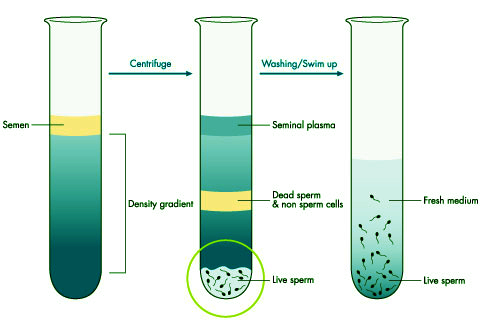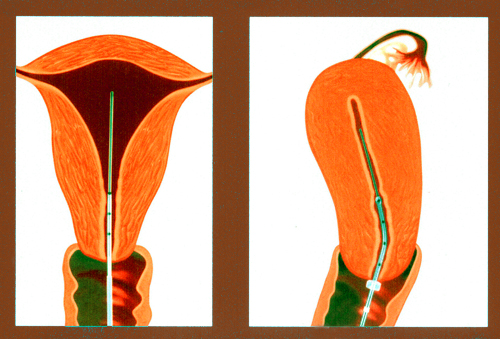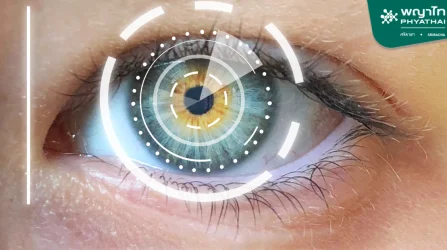Several causes of infertility can be treated with intrauterine insemination (IUI), a fertility treatment closely resembling natural conception. The basic principle of IUI involves injecting specially prepared sperm directly into the uterus at the time of ovulation.
For further information or Booking..
Intrauterine insemination (IUI) is a fertility treatment procedure involving the injection of prepared sperm directly into the uterus. IUI is recommended for couples experiencing difficulty conceiving due to various reasons, such as:
-
Women who experience irregular ovulation.
-
Men with mild sperm abnormalities.
IUI is also suitable for couples facing timing issues or inability to have regular sexual intercourse. Additionally, it is often recommended for couples with unexplained infertility, where no specific cause has been identified. Studies have shown that in couples with unexplained infertility, particularly when the woman is over 35 and has been trying to conceive for at least two years with normal sperm parameters in the male partner, the chances of pregnancy through IUI are approximately 8–12% per cycle. Most pregnancies typically occur within the first three IUI cycles, with significantly decreased chances after the fourth cycle. In such cases, in vitro fertilization (IVF) provides a higher pregnancy success rate, reaching over 50% per embryo transfer.
Limitations of IUI Include:
-
Not suitable for women over 40 years old, those with diminished ovarian reserve, or those lacking regular menstrual cycles.
-
Not recommended if the fallopian tubes are blocked or severely damaged due to adhesions.
-
Not suitable if sperm quality is severely compromised (low count or poor motility).
-
Not recommended in cases of extensive pelvic endometriosis causing severe adhesions.
Factors Influencing IUI Success:
Several key factors affect the success of IUI, including:
-
Woman’s age (younger age increases pregnancy likelihood).
-
Number of sperm used during insemination (higher sperm count, ideally more than 5 million, enhances success rates).
-
Type of ovulation induction medication (certain medications are associated with higher success rates).
IUI Treatment Process
The treatment process for IUI begins with ovarian stimulation. Typically, medication to stimulate egg development is administered starting on the second or third day of the menstrual cycle (counted from the first day of menstruation). This medication is generally taken continuously for about 8–10 days.
On approximately the 12th day of the menstrual cycle, an ultrasound examination is performed to measure the size of the developing follicles (eggs) and assess readiness for insemination. When the leading follicle reaches approximately 18–20 mm, a medication is administered to trigger ovulation, and the insemination procedure is performed 36–40 hours later.
The insemination procedure itself is straightforward and similar to a routine pelvic examination. It does not require hospitalization, and the patient can return home immediately afterward. On the insemination day, the male partner provides a semen sample at the clinic, collected via masturbation into a sterile container.
The sperm sample undergoes a laboratory process to separate and concentrate motile and healthy sperm, which are then injected directly into the uterus through a small catheter.


Video demonstrating the technique of intrauterine insemination.
How Many Times Should IUI Be Performed, and When Should Treatment Options Change?
Ideally, IUI should not be performed more than three times. If pregnancy has not occurred after three attempts, alternative fertility treatments should be considered. For women aged 35 and above, it is generally advisable to limit IUI attempts to a maximum of two cycles, as fertility naturally declines with age. In these cases, alternative treatments such as IVF or intracytoplasmic sperm injection (ICSI) may yield higher success rates.
How Many Sperm Cells Are Needed for Successful Pregnancy?
The recommended sperm count for successful IUI is at least 5 million motile sperm per insemination. If the number of sperm after preparation is less than 5 million, pregnancy chances are significantly reduced. In these situations, intracytoplasmic sperm injection (ICSI) should be considered.
Does Performing IUI Once or Twice per Cycle Improve Pregnancy Chances?
Performing insemination once or twice per cycle does not significantly change pregnancy outcomes. The most crucial factor is accurately timing ovulation. With precise ovulation timing, a single insemination per cycle is usually sufficient. Accurate timing relies on ovulation-stimulating medications, medications to prevent premature ovulation, and monitoring through blood or urine tests to confirm ovulation timing.
Possible Reasons for Unsuccessful IUI:
Several reasons can contribute to unsuccessful IUI, including:
-
Poor egg quality.
-
Poor sperm quality or very low sperm quantity.
-
Sperm abnormalities preventing fertilization.
-
Obstructions or abnormalities in the fallopian tubes that hinder egg and sperm interaction.
-
Structural issues preventing eggs from entering or traveling through the fallopian tubes.
Recommendations After IUI Treatment:
-
IUI closely resembles natural conception; therefore, post-procedure recommendations do not significantly differ from natural conception.
-
There are no specific restrictions on daily activities; normal exercise and sexual intercourse are permitted.
-
Mild abdominal discomfort after insemination is common and usually results from ovulation or uterine contractions triggered by sperm injection.
-
Some women may experience slight spotting or breast tenderness.
-
Hormonal supplementation may be prescribed vaginally to support hormonal levels during the ovulation stimulation process. If oral medications alone are used, vaginal supplementation may not be necessary.
-
Pregnancy can typically be detected around 12–14 days after insemination.
Additional Information on IUI Success Rates:
-
The pregnancy success rate for IUI is approximately 10–20% per cycle.
-
Because IUI is considered a semi-natural approach, its success rate is relatively moderate. If unsuccessful after 2–3 attempts (depending on the woman’s age), IVF is generally recommended as the next step.
-
IVF typically yields higher success rates (approximately 50% or higher per embryo transfer) compared to IUI, especially for women younger than 35.
















